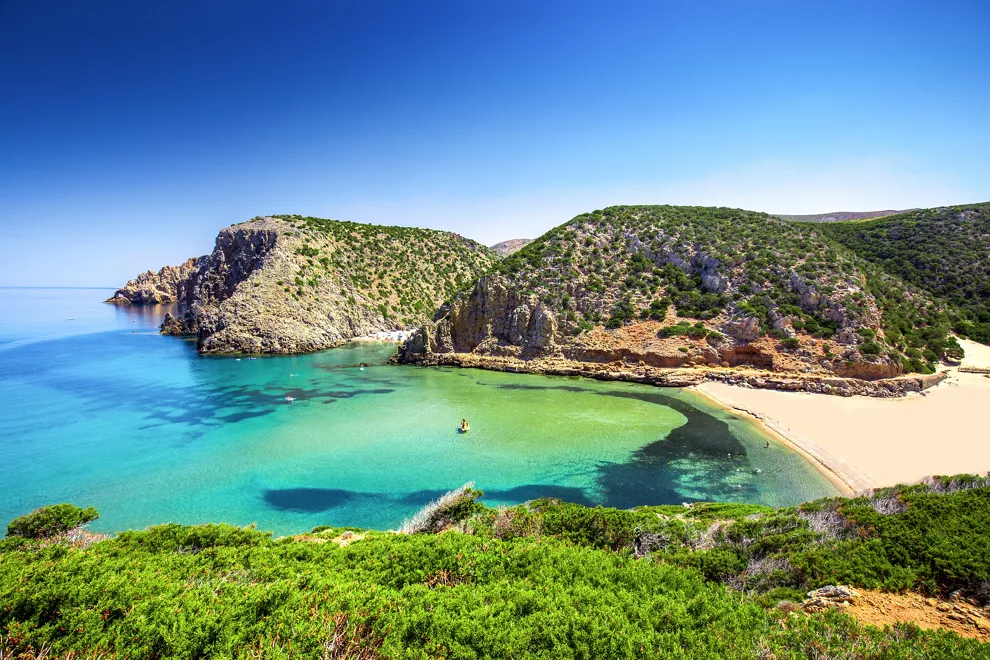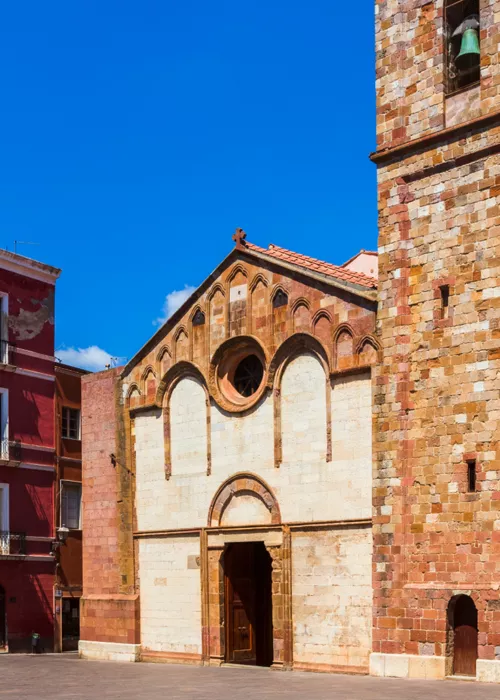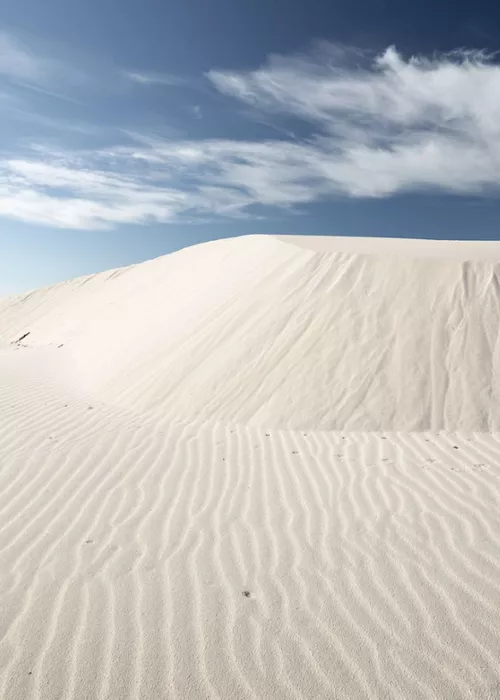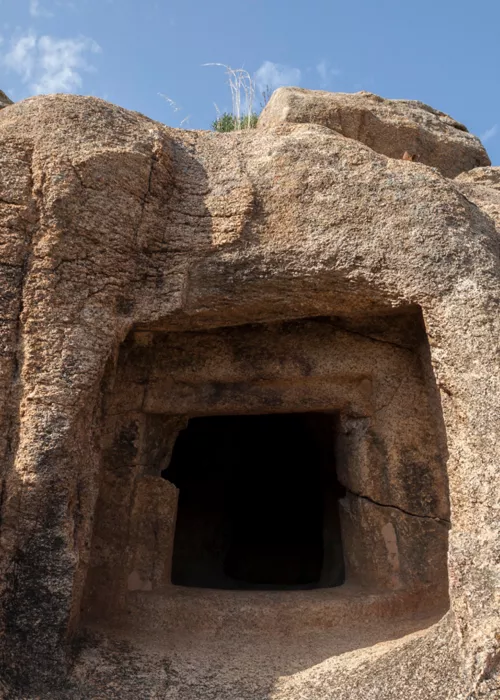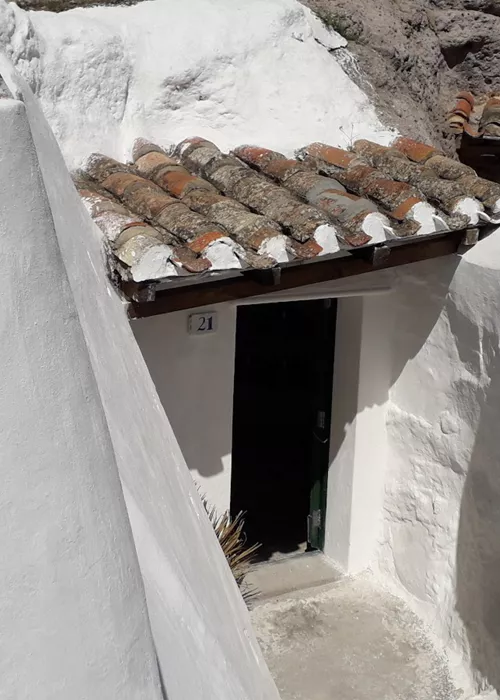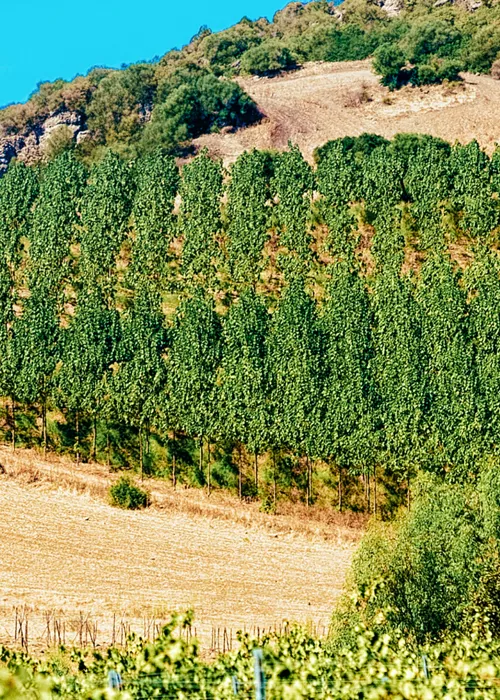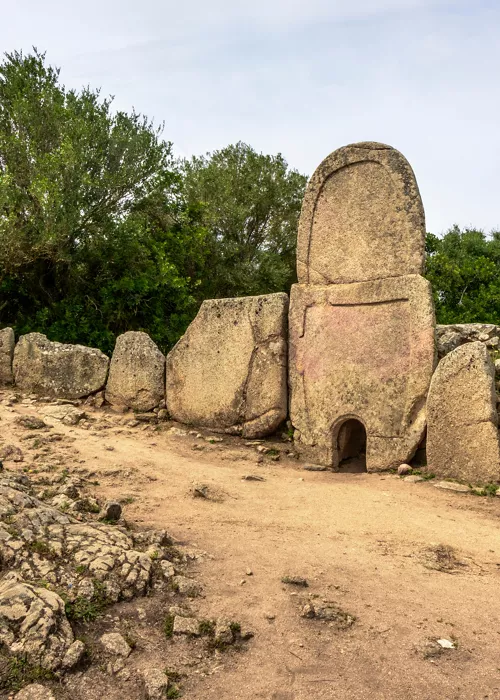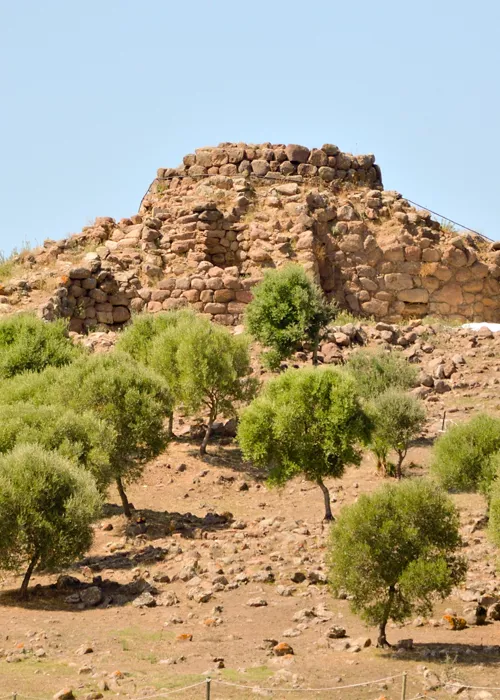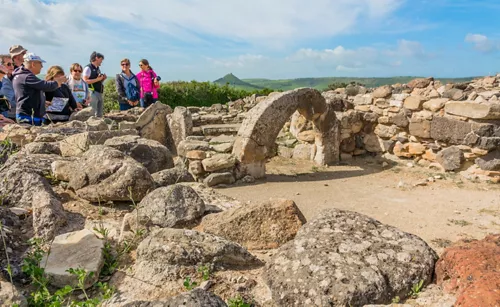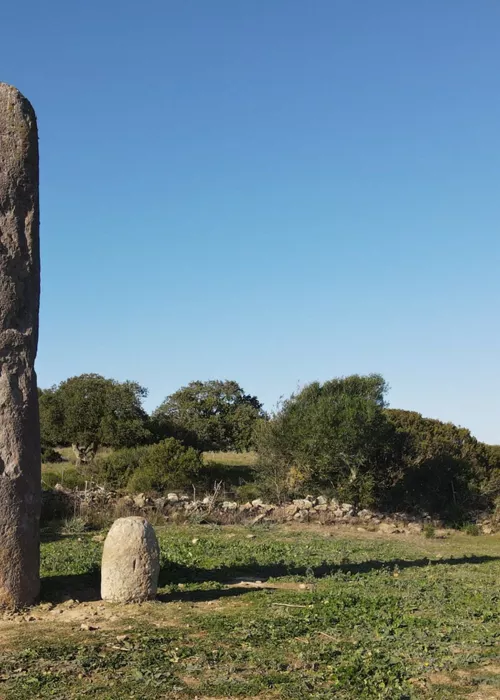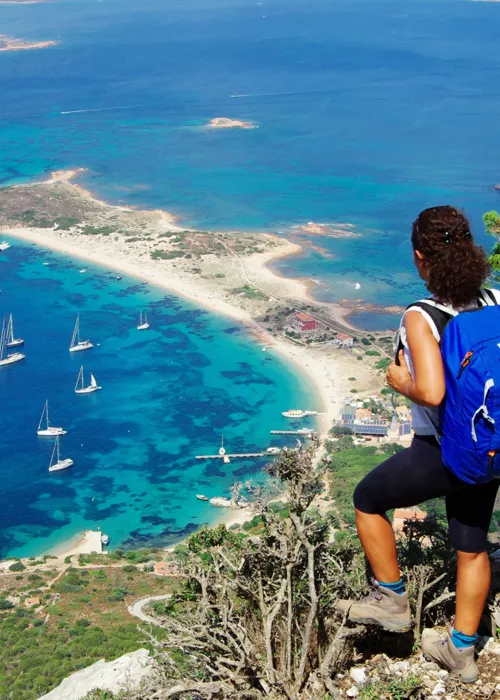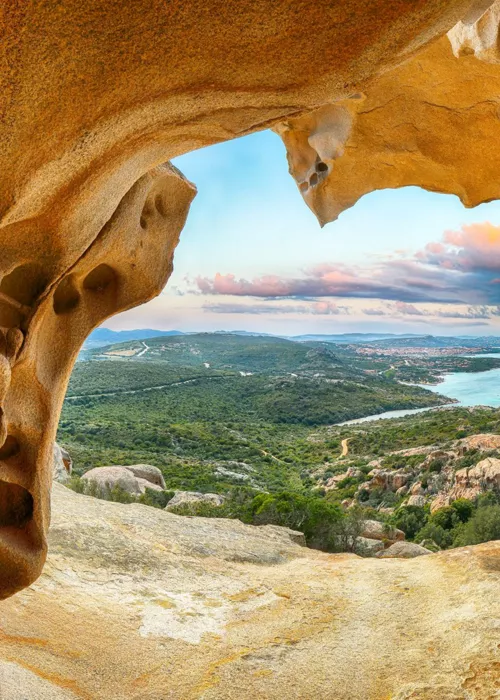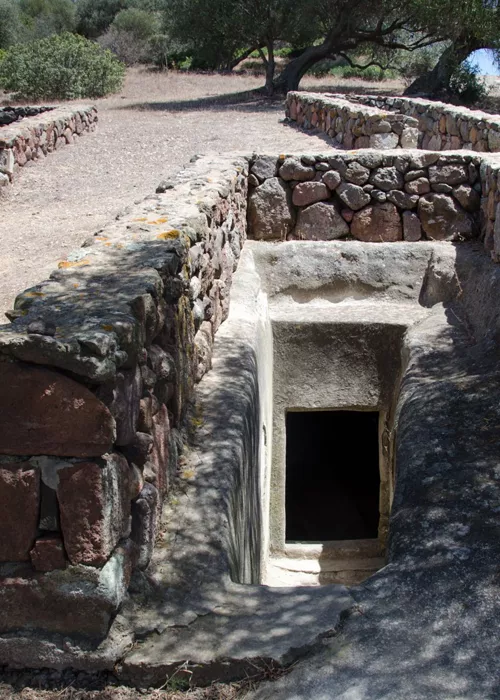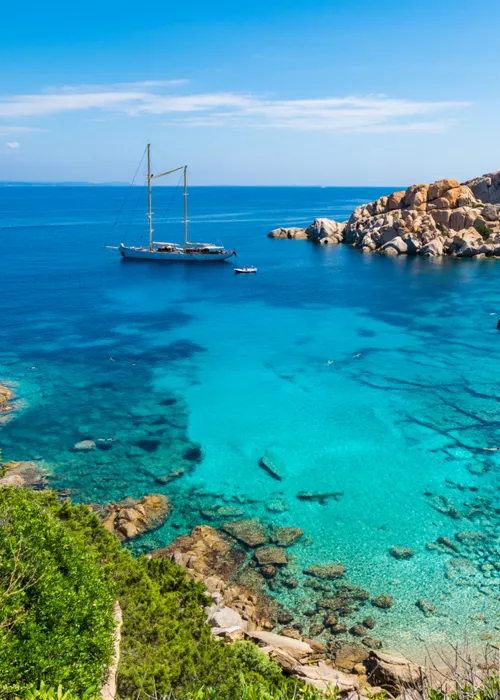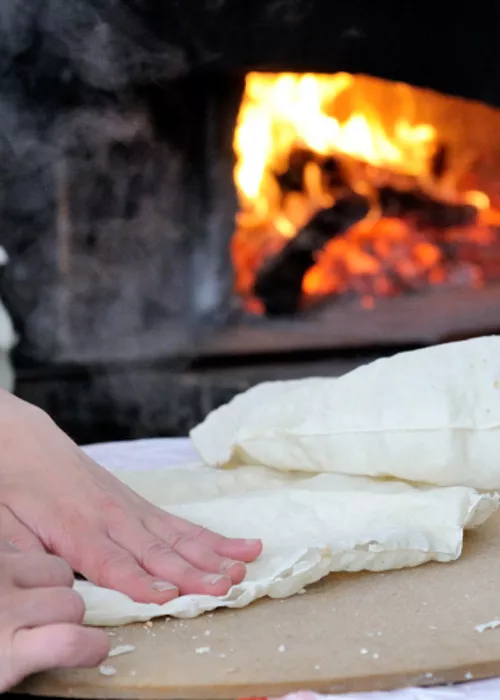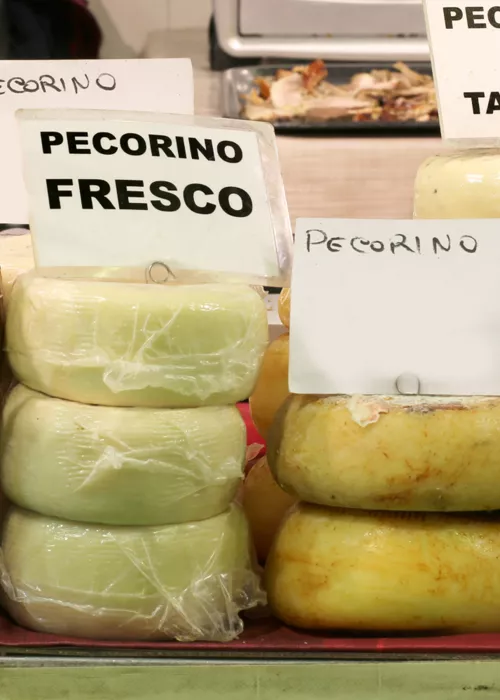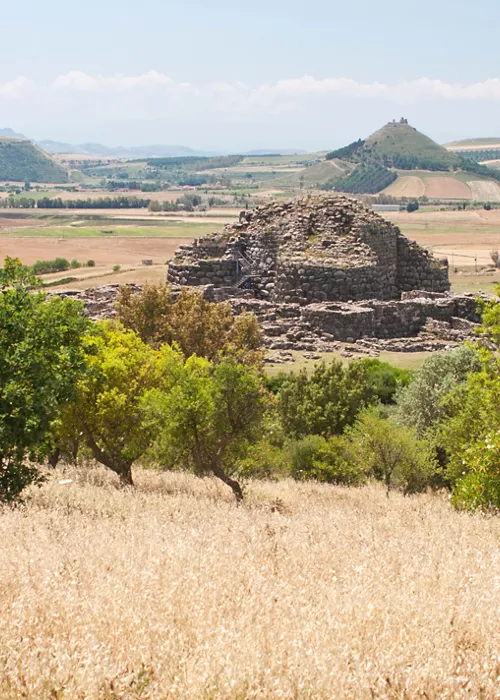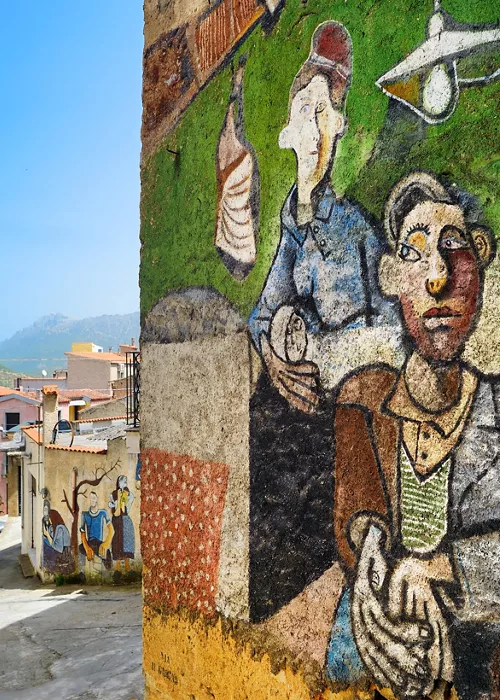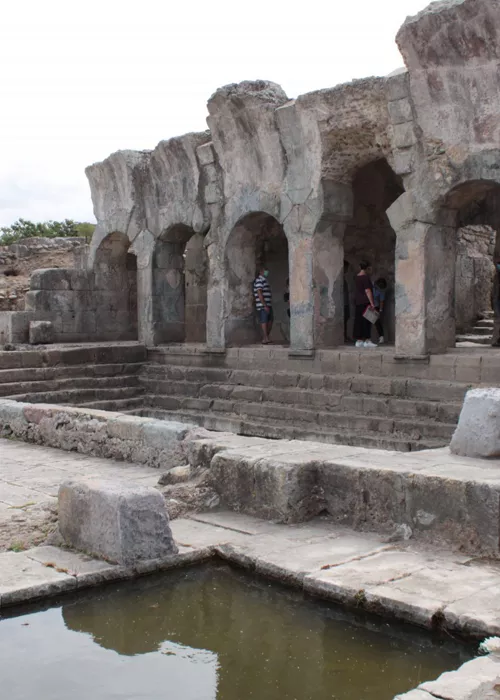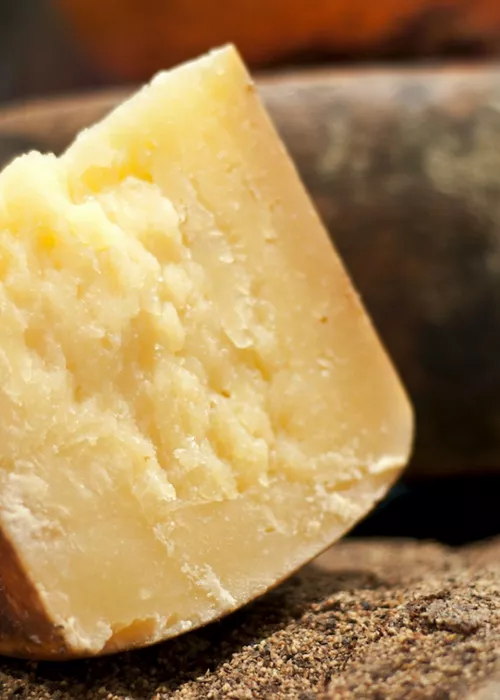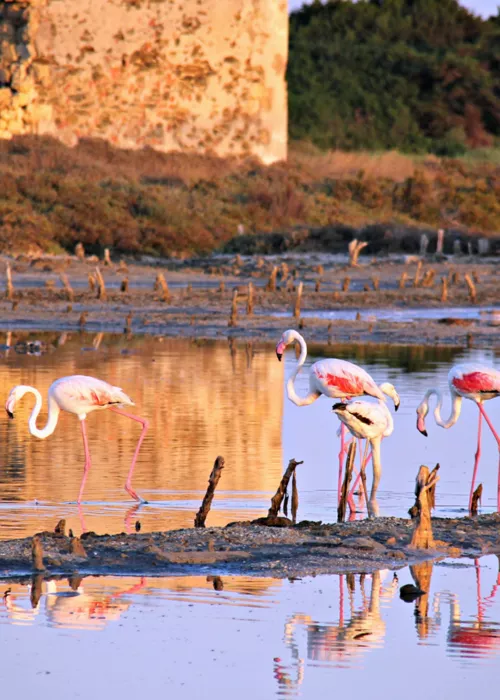Sulcis Iglesiente, terrain rich in history
3 minutes
Sulcis Iglesiente is a geographic area located in the extreme southwest of Sardinia and is famous for its ancient origins and traditions. Already inhabited 5,000 years ago, the zone was favored by the Phoenicians and Carthaginians above all, who were the first to discover and extract its rich mineral deposits. Largely abandoned in the successive centuries, these deposits constitute a significant testimony to the industrial archaeology, so much so that they have been inserted on the UNESCO World Heritage Centre’s Tentative List. As the name implies, Sulcis Iglesiente comprises the territories of both Sulcis and Iglesiente: the first drawing its name from the ancient Punic city of Sulci – though today called Sant’Antioco – while the other is in keeping with Iglesias, the provincial capital. Twenty-three municipalities in the Province of Carbonia-Iglesias make up the site of Sulcis Iglesiente, but not only: four communes inside the Province of Cagliari form part of it as well.
Sea and nature
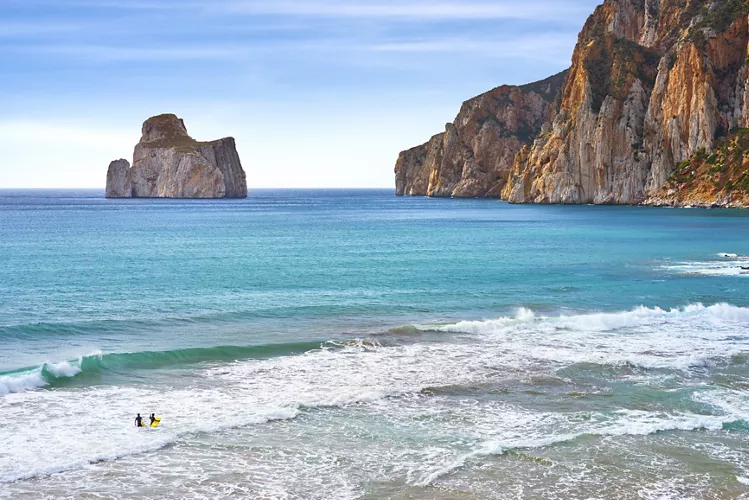
Untamed and pristine landscapes characterize this Sardinian territory from the Natural Park of Sulcis to the famed Pan di Zucchero (near Iglesias), from the Porto Pino pinewood forest to the Gulf of Palmas, from the saltmines of Sant'Antioco to the Island of San Pietro (called the “green island” for its lush and thriving plant life).
Water and nature lovers can swim and play in the sea, or even just take a stroll along the Gulf of Gonnesa, with its cristalline waters lining the beach at Portixeddu, also a favorite surfing hub. Not just surfing, but many are the water sports that can be enjoyed throughout the region: kitesurfing, windsurfing, diving, and sailing – all regular activities in an area so rich in winds.
Yet, it is really the inland zones that recount of an ancient and noble past that renders this region so particularly evocative.
Archaeological finds
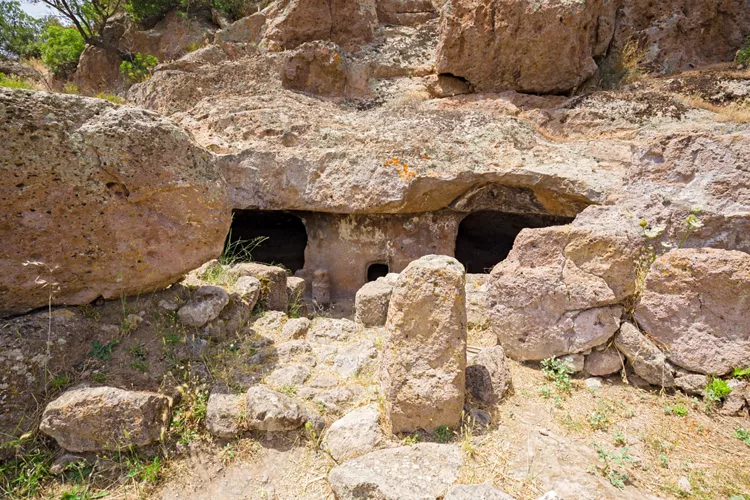
The numerous archaeological finds from the Nuragic, Phoenician, Roman and Byzantine civilizations make Sulcis Iglesiente a true paradise for history buffs. For example, in Seruci (Gonnesa, Province of Carbonio-Iglesias) lies an ancient Nuragic royal palace. In Villaperuccio (locality Montessu) lies the most important of the necropoli, Domus de Janas – the so-called “House of the Fairies (or Witches)” – of southern Sardinia: tombs dug into the rock here date back approximately 5,000 years. Many are the sites that contain evidence of Punic settlement in the region, like the Phoenician fort of Pani Loriga near Santadi and, first among them, the city of Sant’Antioco (formerly Sulcis), which holds a collection of several finds from the successive eras.
Nearby
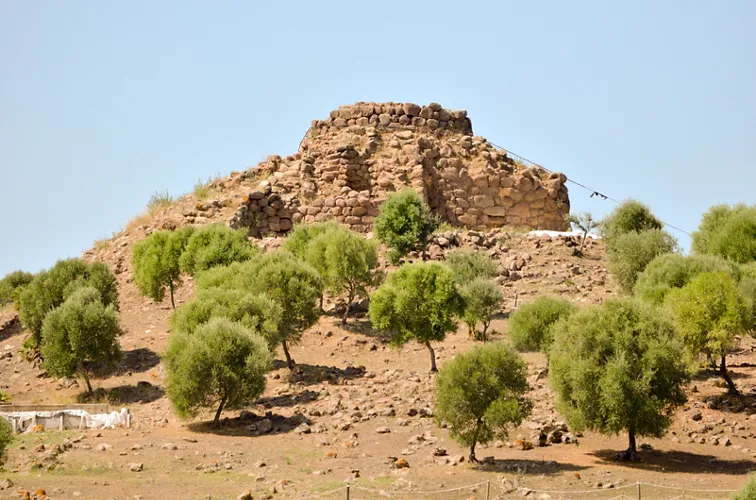
Not far from Carbonia stands the archaeological site of Monte Sirai, where a Punic, fortified center (later used by the Romans) was constructed atop an ancient Nuragic settlement. Monte Sirai is, in fact, an open-air archaeological museum – marked with several different visiting itineraries – in its own right. Among the other spots worth noting, the archaeological area of Antas is a living repository of innumerable temples narrating its intriguing history: especially the majestic Punic-Roman Temple, built on the ruins of a Carthaginian place of worship.
Typical products
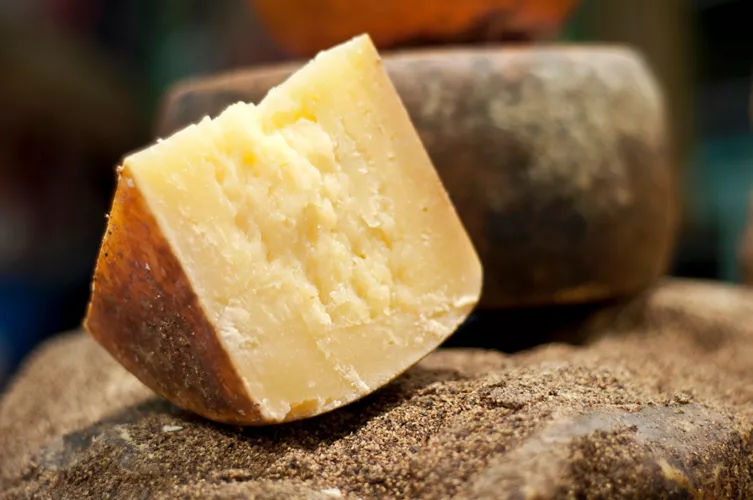
At some point between a visit to a Carthaginian temple, a walk through a mineral park, a boat ride and a swim in the sea, travelers can taste the region’s typical products – tuna, oil, pecorino or sheeps’ cheese, artichokes and honey, accompanied, of course, by a nice glass of Carignano DOC from Sulcis.

